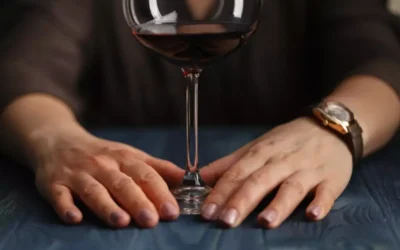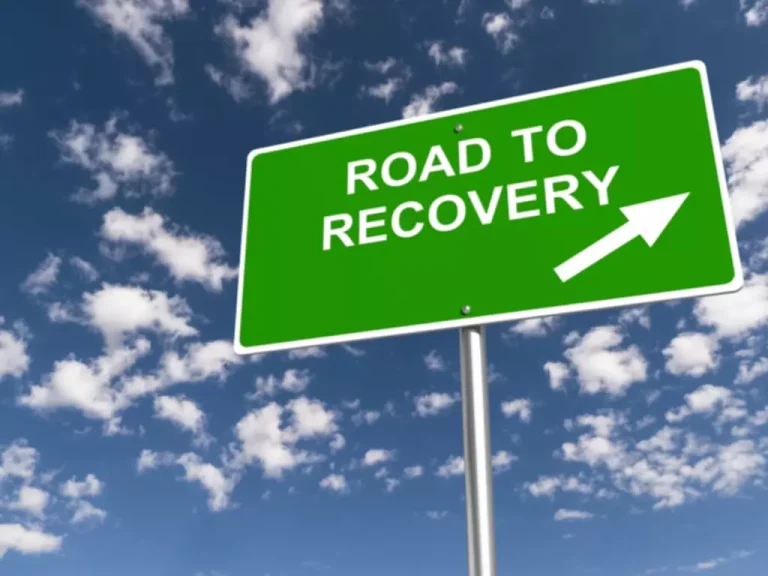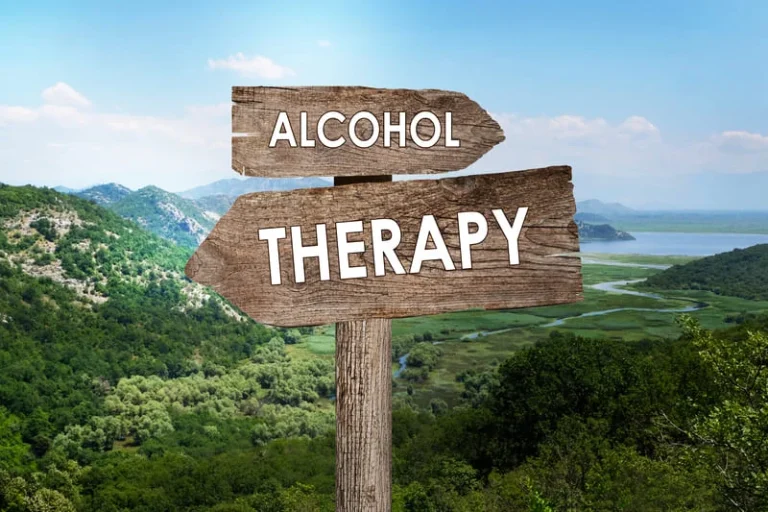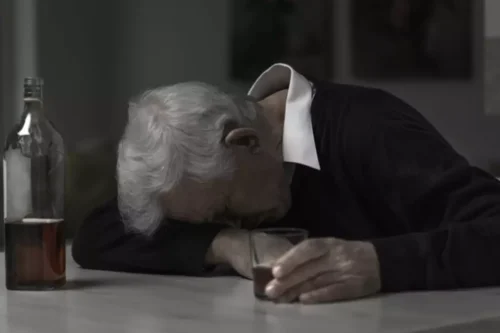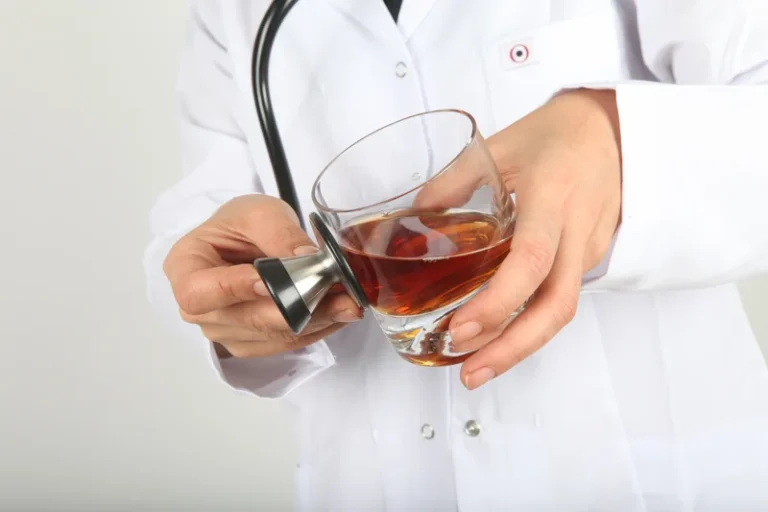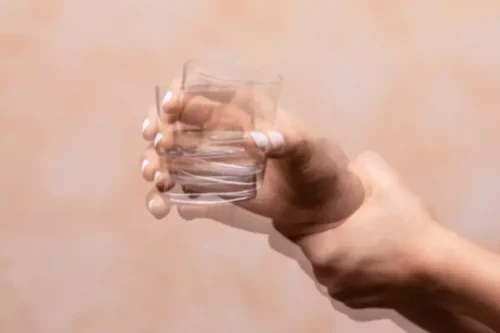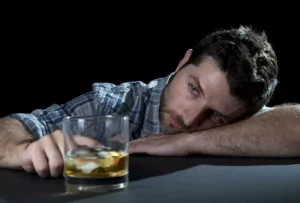It also covers what symptoms you might have if you don’t wait long enough between having your last drink and going to bed. Adults who have confusional arousals sometimes come across as hostile or aggressive. The typical sleep cycle begins with three non-rapid eye movement (NREM) stages of sleep and ends with rapid eye movement (REM).
Top 6 Bedtime Mocktails for Sleep
- Additionally, the heart, pancreas, and brain are all vulnerable to the toxic effects of alcohol, particularly when exposure is frequent and prolonged.
- According to British researchers, drinking alcohol before bed reduces your quality of sleep.
- The reason is that once those are under control, confusional arousal usually dissipates on its own.
- Our editors and medical experts rigorously evaluate every article and guide to ensure the information is factual, up-to-date, and free of bias.
- Sleep drunkenness causes people to be confused when they wake up.
Alcohol acts as a respiratory depressant, slowing down breathing rates and potentially leading to sleep apnea, a condition where breathing repeatedly stops and starts during sleep. This risk is particularly pronounced in individuals who already suffer from sleep apnea or other respiratory issues. The combination of alcohol-induced muscle relaxation and depressed respiratory function can create a dangerous scenario where the body struggles to maintain adequate oxygen levels throughout the night. The more alcohol your drink and the closer you drink it to bedtime, the stronger its effects will be. The effects on overall sleep patterns and circadian rhythm can be long-lasting and detrimental to overall health. Alcohol disrupts the natural sleep-wake cycle, interfering with the body’s ability to regulate important processes such as hormone production, metabolism, and immune function.
Both alcohol and drug abuse[9] can trigger confusional arousal. More research needs to be done on this topic to determine exactly how the two are related. For now, scientists do know that taking drugs can cause confusional arousal and other sleep disorders. Sleep drunkenness causes people to be confused when they wake up.
Remember, a good night’s sleep is invaluable for our overall well-being, and it should never be compromised by excessive alcohol consumption. The liver acts as a filtering system for the body, helping metabolize food and chemicals (including alcohol itself), and pulling toxins from the bloodstream. Like nearly all of the body’s organs, the liver functions according to circadian rhythms. Alcohol interferes with these circadian rhythms regulating the liver, and can contribute to compromised liver function, liver toxicity, and disease. Generally, a person will “sober up” from sleep drunkenness within 5-15 minutes. However, there are cases where sleep drunkenness has led to self-harming behavior or violence toward others.
If you’ve had several drinks, it’s best if your last drink is finished at least several hours before you go to bed. The episodes are fairly brief, usually lasting less than 10 minutes, and may include simple movements and confused speech. Confusional arousals are characterized by amnesia and are not typically remembered the next day. This article covers the causes and symptoms of confusional arousals along with how they are diagnosed and treated.
When Should I Stop Drinking Before Bed?
Our editors and medical experts rigorously evaluate every article and guide to ensure the information is factual, up-to-date, and free of bias. Information from your device can be used to personalize your ad experience.
The more you drink, and the closer your drinking is to bedtime, the more it will negatively impact your sleep. Even moderate amounts of alcohol in your system at bedtime alters sleep architecture—the natural flow of sleep through different stages. It also leads to lighter, more restless sleep as the night wears on, diminished sleep quality, and next-day fatigue. Responsible drinking and proper planning are key to avoiding the hazards of intoxicated sleep. This includes knowing your limits, arranging safe transportation, and ensuring you have a responsible person to monitor your condition if needed. For those who do consume alcohol, implementing strategies to improve sleep quality and reduce the negative impacts of drinking can help mitigate some of the risks.
Planning these options in advance can make it easier to make responsible choices when judgment is impaired. Sleep and circadian rhythm disruption from alcohol also contribute to next-day tiredness, fatigue, irritability, and difficulty concentrating. Even if it doesn’t present as a full-fledged hangover, alcohol-related sleep loss negatively affects mood and performance. The most effective time of day for the body to metabolize alcohol, according to research? That’s right, the traditional “happy hour” time is actually when the body is most prepared to process that cocktail. If that mimosa with brunch hits you particularly hard, it may be the result of circadian timing.
Is being sleep drunk dangerous?
In general, try to avoid drinking alcohol four hours inspiring recovery quotes before you plan on going to sleep. If you drink alcohol at night and have trouble falling or staying asleep, you might wonder how long you should wait between your last drink and going to bed so your sleep isn’t impacted. In adults, episodes of confusional arousal can be caused by a number of habits and conditions, like drinking too much alcohol or taking certain medications.
Children, especially kids under 5, are most likely to experience confusional arousals as compared to adults. According to the American Association of Sleep Medicine (AASM), around 17% of children have confusional arousals. Research suggests that confusional arousal happens when different regions of the brain fail to fully communicate with each other. As a result, some parts of the sleeper’s brain stay asleep while others suddenly awake. While heavy alcohol use 2cb effects can trigger insomnia, the opposite is also true. People with insomnia have an increased risk of developing alcohol use disorder, potentially because many individuals turn to alcohol as a sleep aid.
Sources
In fact, a preexisting mental health condition, such as anxiety, is one of the main risk factors for sleep drunkenness. Sleep drunkenness is when your brain has a particularly challenging time waking up, leading to feelings of confusion and grogginess. The symptoms can be so disorienting that it feels as if you are drunk even if you didn’t drink any alcohol the night before. Instead, you may act on automatic behaviors instead of rational thoughts.
People suffering from depression may already have disrupted circadian rhythms, and the presence of even moderate amounts of alcohol may push those rhythms further cymbalta and alcohol out of sync. A sleep study can also determine what’s going on and help your doctor develop a treatment plan for a good night’s rest — and awakening. If you’re feeling confused, aggressive, or panicked upon waking, then you might have had an episode. But don’t take this condition lightly if it happens frequently. In rare cases, people have harmed themselves or others while sleep drunk.
Hydration plays a crucial role in mitigating the effects of alcohol. Alternating alcoholic drinks with water throughout the night can help prevent dehydration. If you’re already intoxicated, drinking water or electrolyte-rich beverages before bed can help replenish fluids and potentially reduce the severity of hangover symptoms. During the second half of the night, sleep becomes more actively disrupted. The rebound effect may include more time in REM—a lighter sleep stage from which it is easy to be awakened. It’s true, sleep may happen more quickly after consuming a drink or two.
